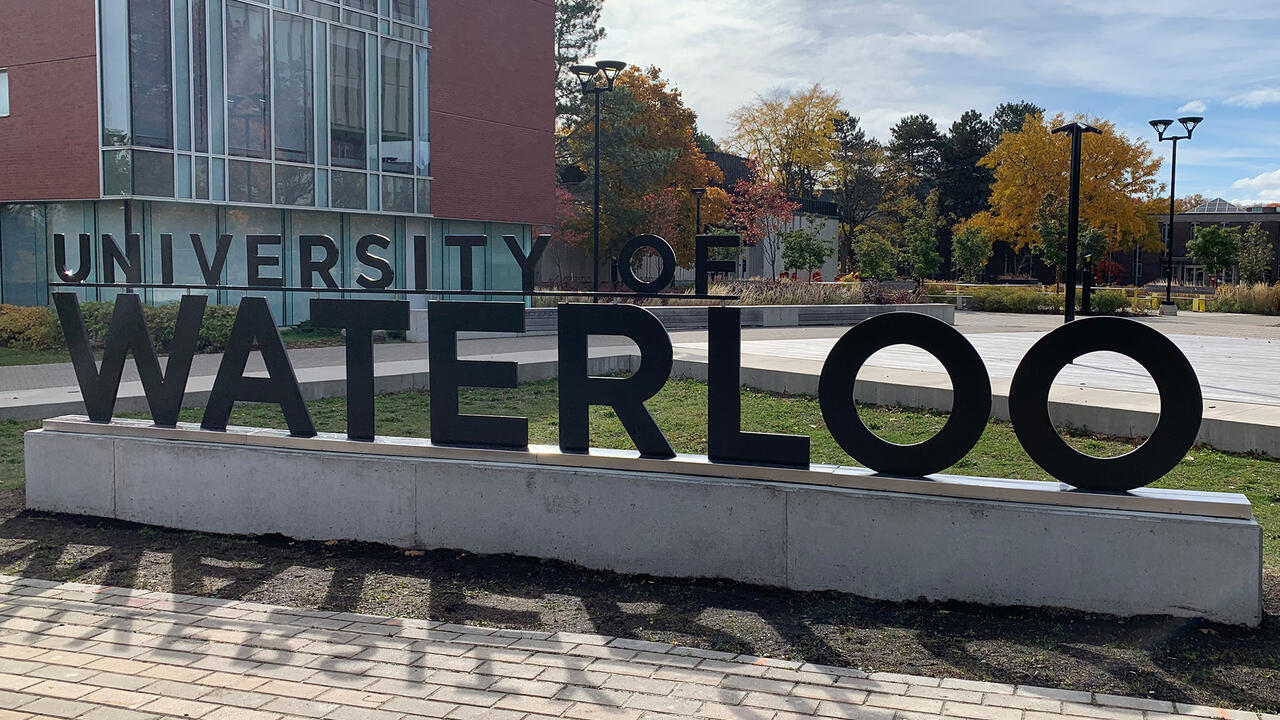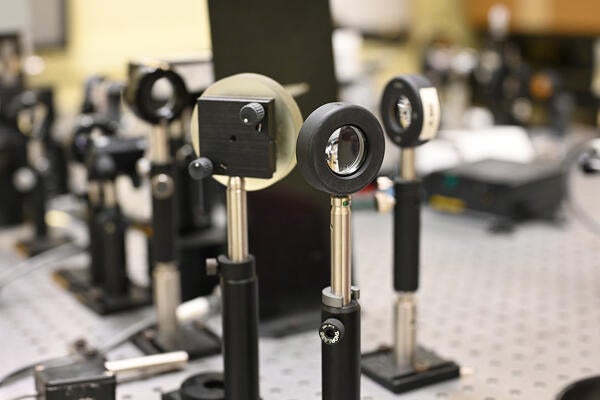
Waterloo’s data key to solving Montreal Protocol mystery
Despite recent increases in the concentration of hydrogen chloride (HCl) in the stratosphere, the Montreal Protocol is still on track to eventually restore the ozone layer

Despite recent increases in the concentration of hydrogen chloride (HCl) in the stratosphere, the Montreal Protocol is still on track to eventually restore the ozone layer
By Media RelationsDespite recent increases in the concentration of hydrogen chloride (HCl) in the stratosphere, the Montreal Protocol is still on track to eventually restore the ozone layer. Researchers using ground-based measurements and remote sensing data, in part from the University of Waterloo, found the puzzling increase is happening due to a change in atmospheric circulation over the Northern Hemisphere.
The international team of atmospheric scientists from institutions in Belgium, Great Britain, Germany, the US, Japan, New Zealand and Canada presented their results in this week’s issue of the scientific journal Nature.
The University of Waterloo’s Atmospheric Chemistry Experiment (ACE) project, led by adjunct chemistry professors Peter Bernath and Kaley Walker from the Faculty of Science, provided key remote sensing data used in the study.
Hailed as the most successful international environmental treaty ever ratified, the 1987 Montreal Protocol banned the production of chlorofluorocarbons (CFCs) and other substances that deplete the ozone layer. These chemicals are transported to the stratosphere where they release chlorine atoms, which are responsible for damaging the ozone layer and creating seasonal ozone holes over the Polar Regions. Without the ozone layer, most life on Earth would die from harmful UV radiation.
The Atmospheric Chemistry Experiment (ACE) was launched by NASA on board the Canadian satellite SCISAT in 2003. It was originally intended for a two-year mission but eleven years later it still provides vital chemical and physical data about our atmosphere, particularly the ozone layer.
“The mission has been a great success,” said Professor Bernath, lead scientist for the ACE mission. “The enormous amount of high quality data has been critical in helping us understand long-term trends in our atmosphere’s composition.”
The study combined remote sensing information mainly from ACE, ground-based observations and model calculations to explain what was happening on a regional scale.
The researchers found atmospheric hydrogen chloride (HCl), the main chlorine-containing molecule in the upper atmosphere, has increased due to a temporary slowdown in atmospheric circulation over the Northern Hemisphere. HCl concentrations continue to decrease in the Southern Hemisphere, where atmospheric circulation has not changed, in line with the Montreal Protocol reductions.
The change in atmospheric circulation has resulted in more aged air being transported to the lower stratosphere, causing a greater than normal conversion of CFCs into HCl.
Taking these new findings into account, the authors of the study remain optimistic that the Montreal Protocol continues to work with the ozone layer projected to recover by the end of this century.
“Our observations do not challenge the general view that the Montreal Protocol is working. They rather show that atmospheric variability and perhaps climate change can significantly modify the path towards full recovery,” said Prof. Emmanuel Mahieu, lead author of the study. “It will be a bumpy ride rather than a smooth evolution.”
Peter Bernath is professor of chemistry and biochemistry at Old Dominion University. Kaley Walker is professor of physics at the University of Toronto. The ACE project and its technical team are headquartered at the University of Waterloo in the Faculty of Science.

Read more
Waterloo co-op students earn opportunity to contribute to SickKids research

Read more
Non-invasive and accessible testing can detect symptoms of Alzheimer’s disease long before symptoms occur

Read more
Waterloo researcher discovers that more harm reduction treatments are needed to eliminate Hep C by 2030
The University of Waterloo acknowledges that much of our work takes place on the traditional territory of the Neutral, Anishinaabeg and Haudenosaunee peoples. Our main campus is situated on the Haldimand Tract, the land granted to the Six Nations that includes six miles on each side of the Grand River. Our active work toward reconciliation takes place across our campuses through research, learning, teaching, and community building, and is co-ordinated within the Office of Indigenous Relations.